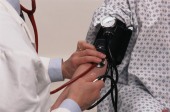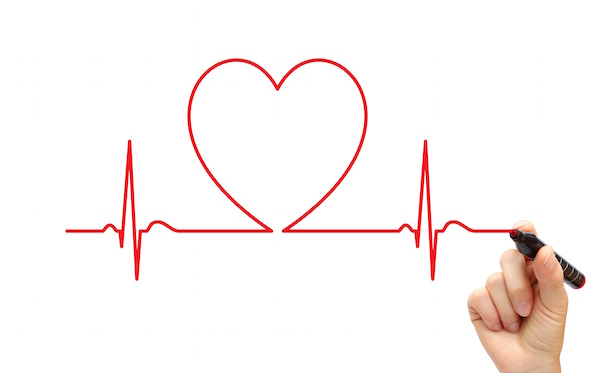
FRIDAY, Feb. 27, 2015 (HealthDay News) — Treating half of people with uncontrolled high blood pressure could prevent 10 million heart attacks and strokes worldwide over 10 years, according to experts.
Most people with uncontrolled high blood pressure (or “hypertension”) are in low- and middle-income countries and have poor access to diagnosis, care and treatment, said the authors of a commentary published Feb. 26 in The Lancet.
In an effort to get those people into treatment and reduce their risk of premature death, a new program called the Global Standardized Hypertension Treatment Project has been launched by the U.S. Centers for Disease Control and Prevention and the Pan American Health Organization (PAHO).
“Heart disease and stroke are silent killers — on a mass scale. Cardiovascular disease kills more people around the world than all infectious diseases combined,” CDC director and commentary co-author Dr. Tom Frieden, said in a CDC news release.
“Hypertension is a major contributor to cardiovascular disease and the question is not whether treatment of hypertension should be undertaken on a global scale, but how quickly effective programs can be established,” he added.
Each year, high blood pressure kills 9.4 million people worldwide, about the same number as deaths from all infectious diseases. High blood pressure is the leading cause of heart attack and stroke, which are the leading causes of death in the world, according to the experts.
“Hypertension affects some 250 million people in the Americas, and in most countries rates of blood pressure control are unacceptably low,” Dr. Carissa Etienne, PAHO director, said in the news release.
This project holds tremendous potential for reducing early deaths, as well as the damaging economic effects heart disease has around the world, Etienne said.
Even though high blood pressure is probably the easiest chronic non-infectious disease to treat, only 13 percent of the 1 billion people worldwide with high blood pressure have it under control, the experts pointed out.
High blood pressure treatments can be made relatively inexpensive, even for people in low- and middle-income countries, according to the commentary authors.
The new program is based on four principles:
- Developing standardized treatment approaches.
- Recognition that all members of a health care team play a crucial role in controlling blood pressure.
- Elimination of cost barriers for patients and make refilling prescriptions easier.
- Close tracking of patients’ blood pressure and improvements.
More information
The American Academy of Family Physicians has more about high blood pressure.
Copyright © 2025 HealthDay. All rights reserved.

